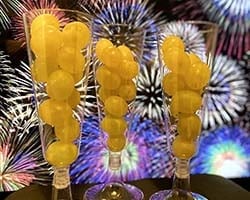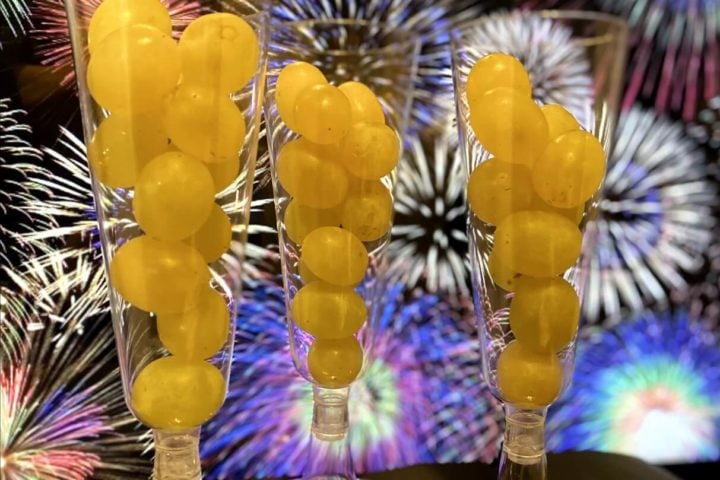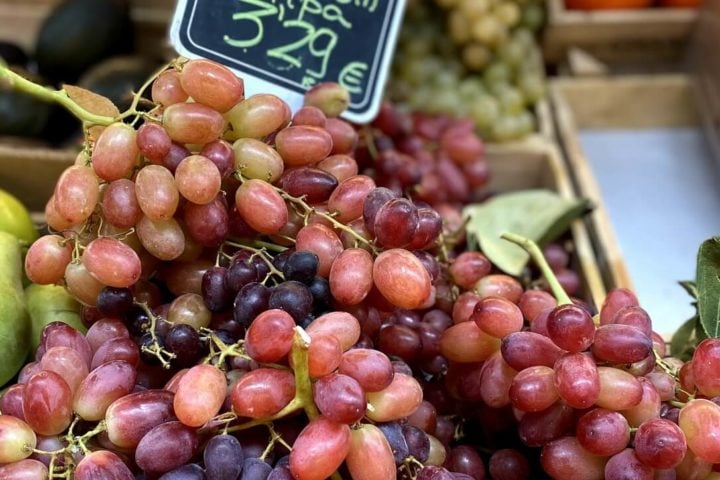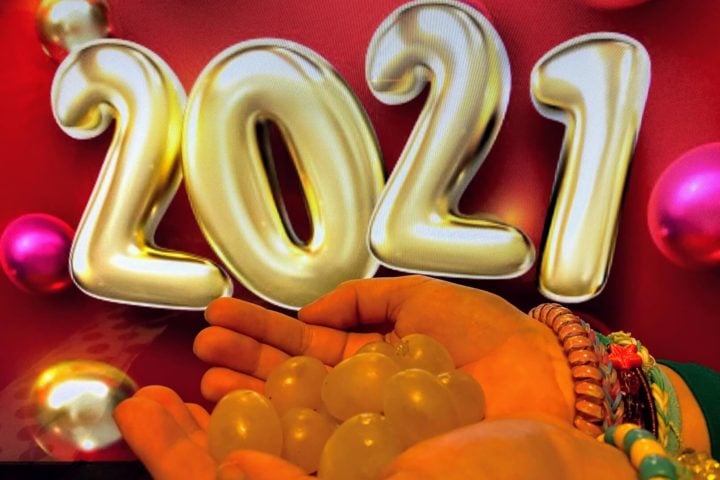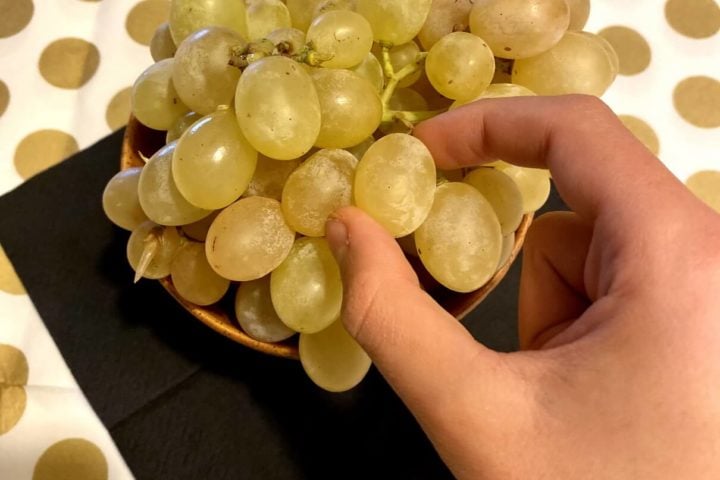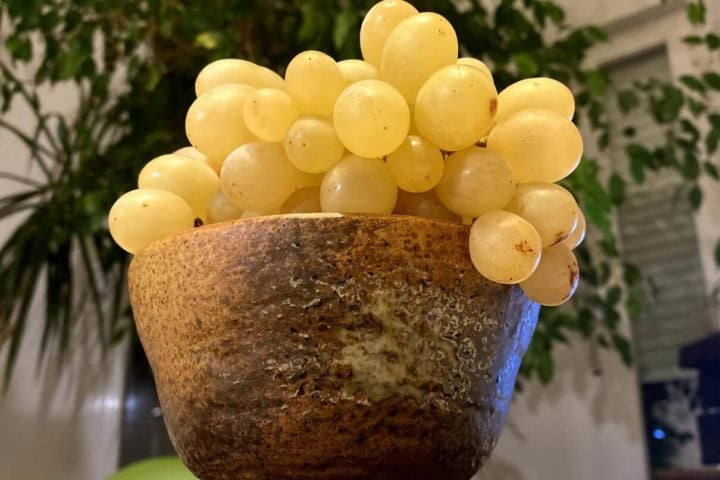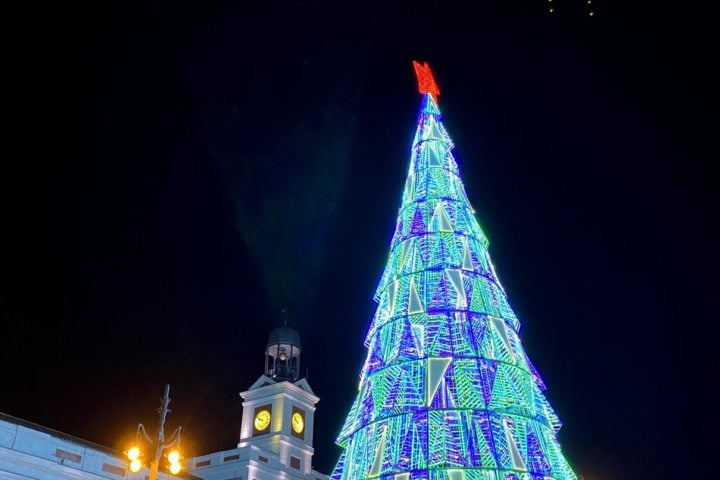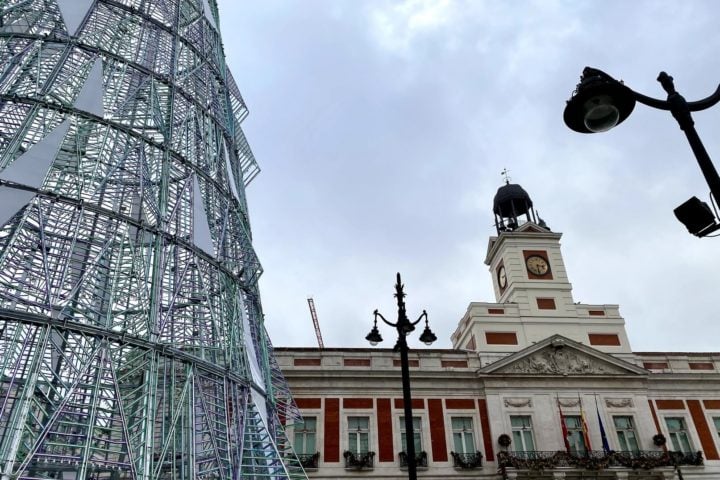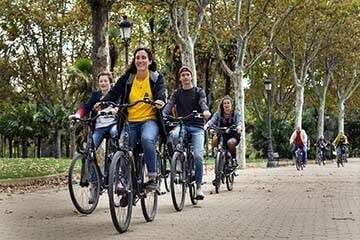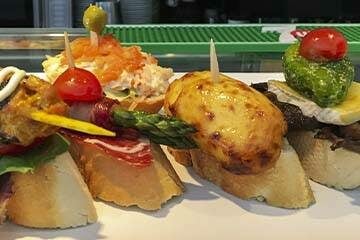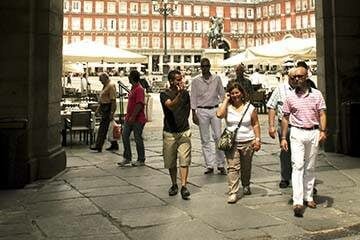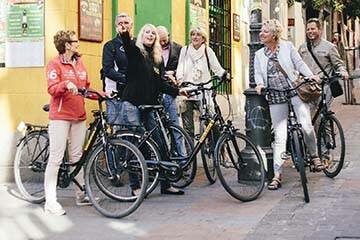New Year’s Eve in Spain – Why do Spaniards end the year with a bowl full of grapes in their hands?
The Spanish tradition says that in order to have 12 months of good luck in the New Year you have to eat 12 grapes at exactly 12 o’clock on the night of the 31st of December; also, it is important to eat one grape at the time with the sound of each midnight bell.
Therefore, it is recommendable to buy small grapes and to be careful not to choke because we have heard of some disasters….
Where does this curious tradition come from that every year plants us in front of places like Madrid’s Puerta del Sol?
Grapes are the fruit of the wine which has very important symbolism related to the divine, to the mystic and to life.
According to Greek mythology, Dionysus (Bacchus for the Romans) was the god of wine. He represented pleasure and the joy of life.
Grapes are also a symbol of prosperity, abundance and as they are the basic ingredient to be transformed into wine … they are also very much related to festivity and union. So why not celebrate New Year’s Eve with the best symbol for prosperity?
In Spain, the midnight bells on the last day of the year are transmitted on television and everyone is curious which famous presenters will have the honor of moderating the night – which is really a show with music and dance etc. Everyone will also keep an eye on their clothes that they will immediately criticize the next day: be it that the lady showed too much decolleté, that the dress was too transparent or that it was simply spectacular!
As far as history is concerned, popular belief states that the twelve “lucky” grapes began to be taken en masse in Spain on New Year’s Eve 1909. A surplus of this fruit in Alicante made the producers try to increase their sales with an innovative Christmas campaign that linked them to this date and to good luck. The white grape variety Aledo (Alicante) became synonymous with New Year’s Eve and its sale in packs of twelve already prepared for consumption on the last day of the year became popular.
However, there are records and documentary evidence that this custom was already practiced previously, so it is very likely that the 1909 surplus only served to extend the tradition, not to create it. The appearance of this practice is situated in Madrid in 1880 as a satirical and protest action.
The chulapos, who had been deprived of their Christmas fun, decided to take advantage of the fact that they were allowed to meet at the Puerta del Sol to listen to the clock chimes on New Year’s Eve and began to eat grapes (a cheap product for the time) as a mockery of the aristocratic custom and as a sign of protest against some restrictions of the city council.
Over the years the tradition of New Year in Spain has spread to other countries.
Today, just like New Year in Spain – Chile, Ecuador, Peru and Venezuela take twelve grapes to the rhythm of the twelve bells that welcome the coming year.
So make sure you get your grapes in time for New Years Eve and watch the television broadcasting of the bells from Puerta del Sol, which is just around the corner of our Trixi shop.
Feliz Año Nuevo!!! And Happy New Year’s Eve.
Discover the fascinating history of Madrid on our bike tours. Hear the legends and stories of the city as you explore the hidden corners and spots. Learn more about Spain’s culture, history, politics and traditions from the tour’s local expert guide.

